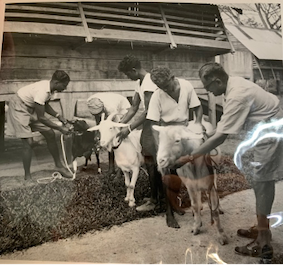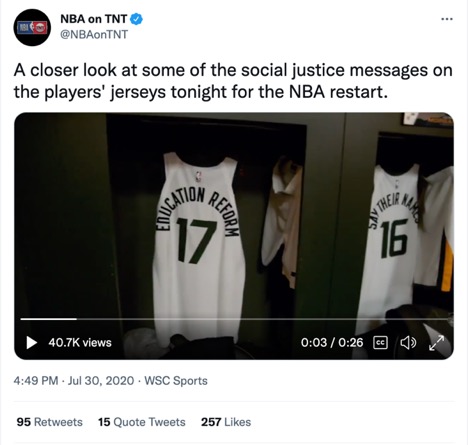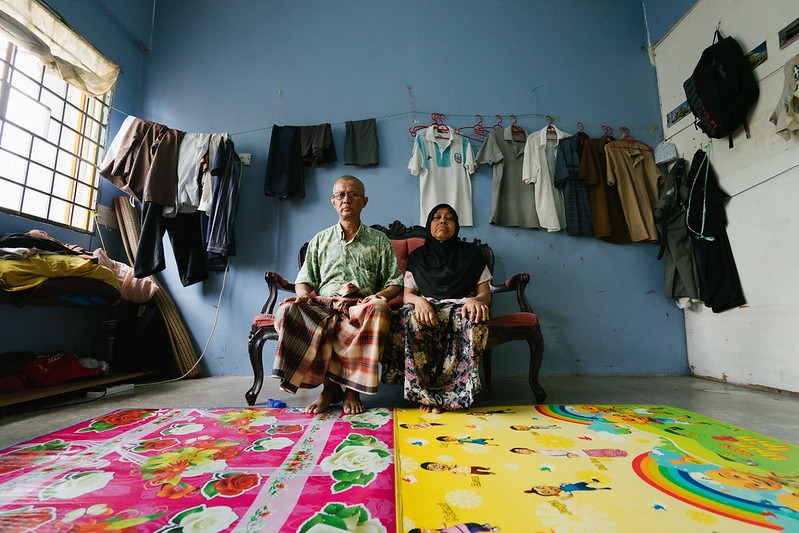
The Shitty Affairs of British Colonialism in Malaya: Manicuring “Native” Agriculture through Race-Specific Livestock Interbreeding
In January 2020, I accidentally came across a series of photographs at the UK National Archives documenting agricultural and livestock experimentation in 1930-1940s British Malaya. The peculiarity of these photographs was striking. British Malaya was infamous for a rigid racial division of displaced and relocated labor in the service of colonial extraction, with Chinese laboring in tin mines and Indians working on plantations. The Malays, indigenous communities of Malaya, were marginalized from colonial extractive industries based on the racialized myth of the “lazy native,” depicted as cultivators of padi (rice fields). Instead, these photographs depicted Indian, Malay, and Chinese as farmers or agricultural assistants operating in different sectors of the small-scale “native” agriculture of Malaya. These photographs aim to capture agricultural and livestock improvement techniques, such as plot flattening, budgrafting, or interbreeding, and are most often succinctly described in reference to food productivity, profitability, and technical innovation in the field of small-scale agrarian and animal husbandry practices. (read more...)






